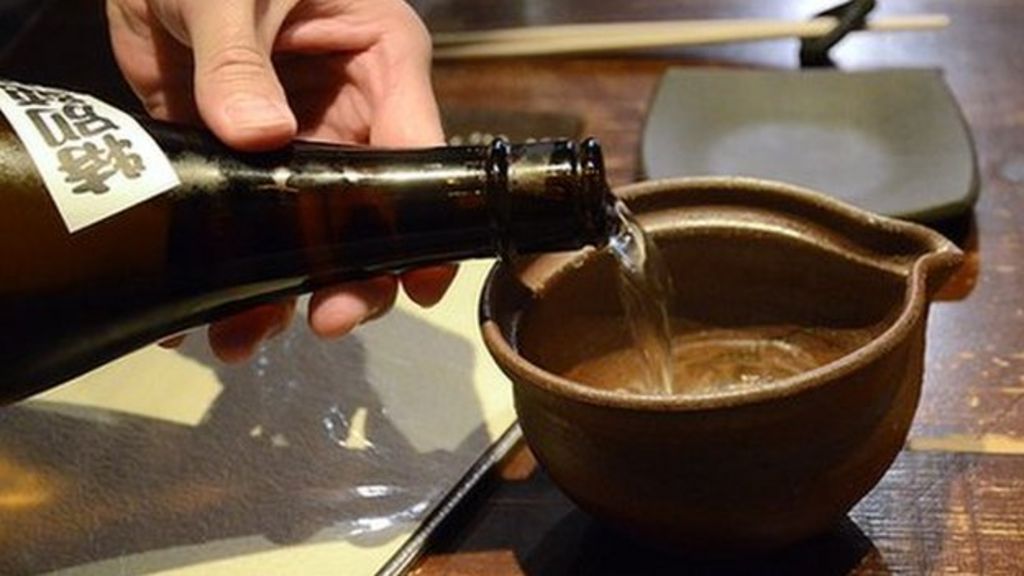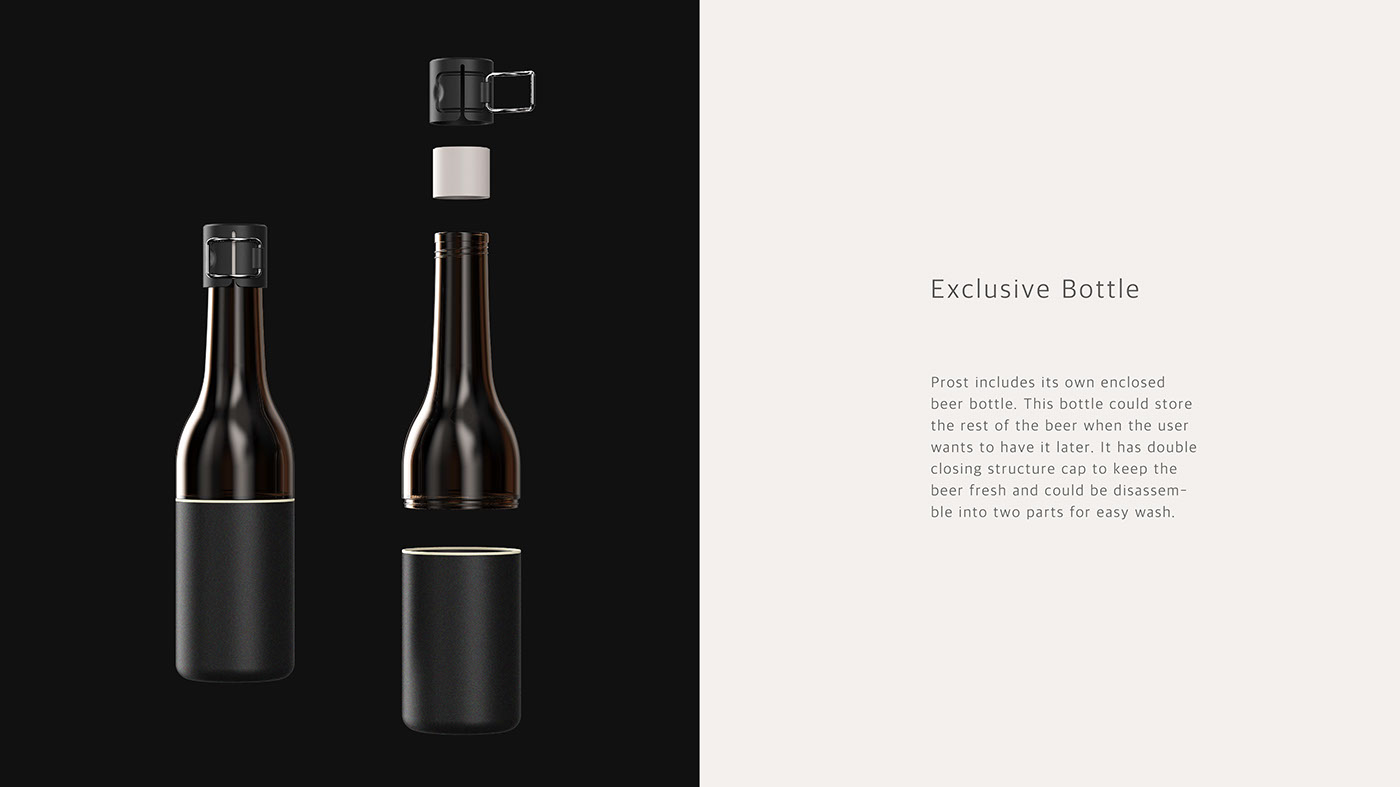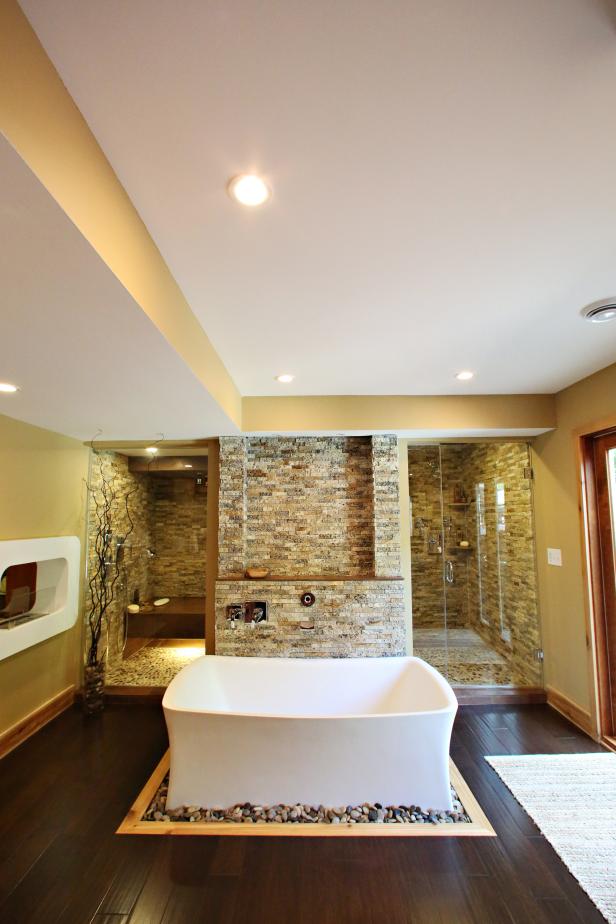Table of Content
Generally, yeast produces tiny by-products during fermentation, but; they are so small that the human palate is not going to perceive them. However, if you increase the fermentation temperatures, then the concentration of these by-products increases as well. When you are ready to pitch, swirl or stir the starter and pour it into the wort. During primary fermentation, volatile esters are often lost to a violent fermentation, but things are calmer in secondary as the yeast are just about spent already. A siphon is used to move the beer, which just pulls the liquid portion out and leaves the yeast cake undisturbed at the bottom of the fermenter.

Grapes were among the first fruits to be grown in the ancient Egyptians, and wine was mentioned in the Bible for the first time. The ancient Greeks were well-known for their wine, and their wines were even traded across the Mediterranean. Get unlimited access to Esquire's sales coverage as you revamp your home and kitchen. Allrecipes is part of the Dotdash Meredith publishing family. Hurley says, “Everything is built to professional standards and can handle the most demanding brew day. We independently research, test, review, and recommend the best products—learn more about our process.
Homebrew Kit - Beer Bottles, Kettle, Digital Thermometer, and Spoon
Malt syrup is sticky and messy, and it can be tricky to add it while stirring. If it sits in contact with the bottom of the pot too long, it’s liable to burn and throw off your batch. In all-grain brewing, temperature control is very critical, as extracting fermentable sugars from malt is an enzymatic process. Hydrometer ~ A specialized piece of brewing equipment used to measure the “potential alcohol” of a given batch. The process of making alcohol from juice is relatively simple and can be done with just a few household items.
Pick from flavors that include Everyday IPA, Bruxelles Blonde, Chocolate Maple Porter and Jalapeño Saison. Home brewing suppliers offer a variety of cleaners that are proven to work well with brewing equipment. Bottle and hose brushes will also help clean some of those hard-to-reach places. The second step is to sanitize the cleaned equipment; the food-grade sanitizers used for brewing are typically liquid, and many do not require rinsing. Homebrew Starter Kit gives aspiring brewers all the necessary equipment they need to turn their fermented dreams into real beer. The Brooklyn Brew Shop kit and fun, flavorful recipes allow homebrewers to make miniature batches of some of today’s trendiest styles.
The Pros And Cons Of Drinking Wine Or Beer Before Bed
Cold breaks cause undesirable solids to sink to the bottom of the brew. Achieving the perfect water temperature is essential for the mash phase of beer brewing. Shoot for between 150° and 155°F (65.55° – 68.33°C). Pour 7.2 gallons (32.73 L) of water into your brewing kettle. If you use bottled water, allow it to sit for 24 hours. This will remove chlorine, which creates chlorophenols in your brew.
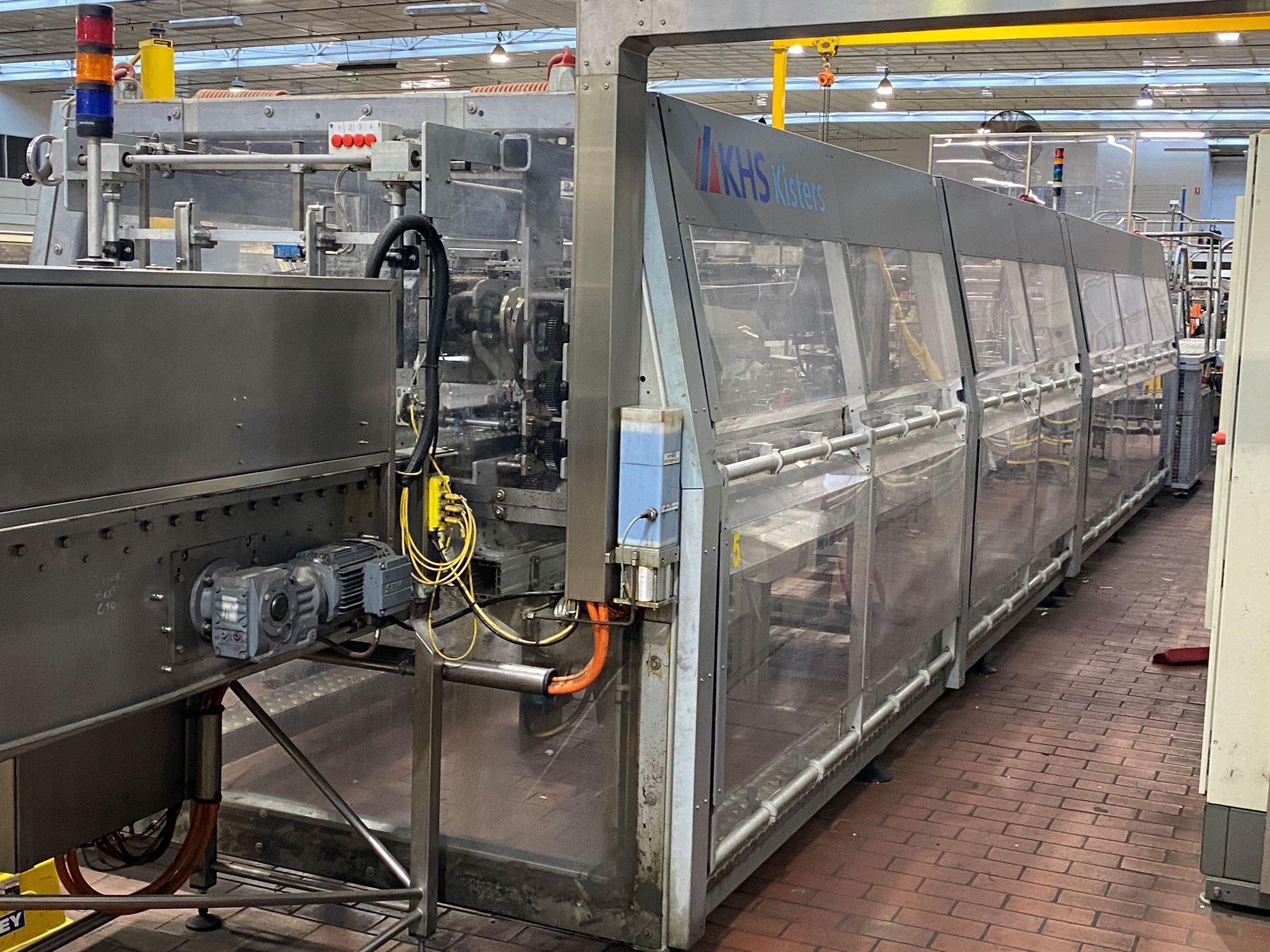
Store the bottles for at least a week preferably two at about room temperature, then refrigerate. Be the first to know about the latest homebrewing gadgets & gizmos. If gathering all of that sounds like too much work, simply choose one of Northern Brewer'sbeer making kit that have everything you need to brew your own beer, all in one box. Seems like finding a secret wild hop cliff is almost unheard of!
New recommended product – 3 tier systems
Lowering the temperature quickly shocks them to release too much ester into the beer. Lagering promotes flocculation, in which solids fall from the suspension and settle at the bottom. Also known as the diacetyl rest, the maturation stage allows yeast to work upon all unwanted compounds in the solution. Here, lager off-flavors like diacetyl, acetaldehyde, and others break down. Have a temperature controller for your refrigerator. Or use appliances that can set precise temperatures for fermentation.
The yeast controls the first stage, where it breaks down the sugars into alcohol and carbon dioxide. The result can appear dirty, especially when the brewer decides to use warm temperatures for quick brewing. The king of Bohemia, Wenceslas II, founded the town of Plzeň, and shortly after that, he granted 260 of Plzeň’s burghers the right to brew beer. Initially the burghers brewed the beer in their houses and only in small amounts, but later they formed guilds and founded breweries. In time, however, the economy and culture in Bohemia declined, and this affected the brewing. Ignoring the approved technology and using their own recipes, the brewers often produced a distasteful brew that was not worthy to be called beer.
Step 14: Drink It!
Grapes and other sugary fruits are high in wild yeast. To access the yeast and gain access to the wild fermentation process, smash these fruits. These wines are frequently named after the regions where grapes are grown. Check out this video for some more inspiration on wine-making. In order to make alcohol at home, you will need to purchase a distillation kit. This kit will come with everything you need to get started, including a fermentation vessel, a heating element, and a condenser.

Mead has been around longer than anyone alive today. Remember to sanitize often and remain patient for the best possible beer. Separate a small sample to determine your beer’s beginning gravity. This substance evaporates quickly and easily, so you should only add it very near the end of the boil. If you do not have it, you will be unable to produce the high-proof alcohol required for moonshine. The history of wine dates back a long time, and it has been popular in ancient civilizations as well.
With any of the manual brewing systems, you can try fermenting beer in a glass carboy or conical fermenter rather than a bucket. In most cases, pieces of equipment that get worn out or damaged are also available without the need to purchase a new kit and replace everything. Each kit comes with all the ingredients you need to homebrew as well as priming sugar, bottle caps, grain bags, and easy-to-follow directions.
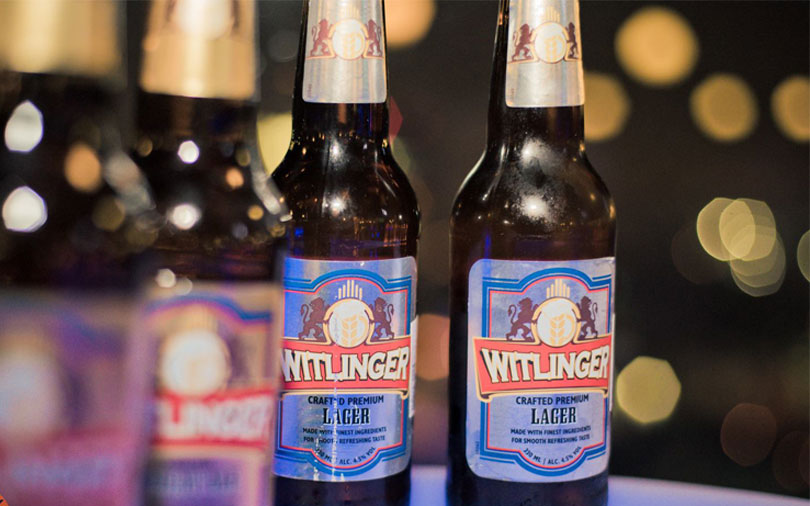
Total darkness isn't necessary but direct sunlight is a definite no-no. The fermentation process is fun to watch but don't be concerned if nothing appears to be happening for 12 to 24 hours. After that time you should begin to see foaming and bubbles escaping from your air lock. After 7 to 10 days the fermentable sugars should be converted by the yeast and you're ready for the next step. This is the brewing term for the process of extracting the goodness from specialty grains, crystal malt in this recipe.
It also has a recipe kit that includes liquid malt extract, milled grains, hops, yeast and mesh bags for steeping. This brewing kit from MoreBeer "gives a beginner everything they need to get started and make great beer," says Jeremy Tofte, founder of Melvin Brewing in Alpine, Wyoming. Using malted grains means you’ll need to extract the sugars from the grain following specific temperature guidelines on the recipe. With malt extract, that step is done for you and you just pour malt syrup into the brewing pot. The primary grain used in beer is barley, but many beers also include some quantity of wheat, rye, corn, or oats.
Making beer is an art, and art requires the correct tools. Gathering your equipment before you start brewing ensures you’ll have everything you need on hand when you need it. Grapes and other fruits can be crushed, stomped, smashed, or whatever else you want, covered airtight, and can ferment naturally without adding any yeast.
What Beer Brewing Equipment Should You Buy
Nothing too vigorous, just a nice rolling boil will do great. Once the boil starts remove the lid from the kettle and keep it off during the boil. The boil is typically 60 – 90 minutes depending on your recipe. I have a buddy who uses the mash and boil system from Williams Homebrewing and he insulated his with the same type of insulating material you would use on a hot water heater. This keeps his kettle at the perfect mash temperature. An auto-siphon –This will be used to transfer the beer from the fermenter to the bottling bucket, bottles, and kegs.

Let the grains soak in the water for either 60 – 90 minutes depending on your recipe. Be sure to stir the grains from time to time to increase your efficiency. Alternatively and a great way to start with all-grain brewing is to actually buy an all-grain beer kit. The systems that use a basket are also referred to as all-in-one brewing systems. Some of them come with more bells and whistles than the others, such as brewing apps that connect to your smartphone.
